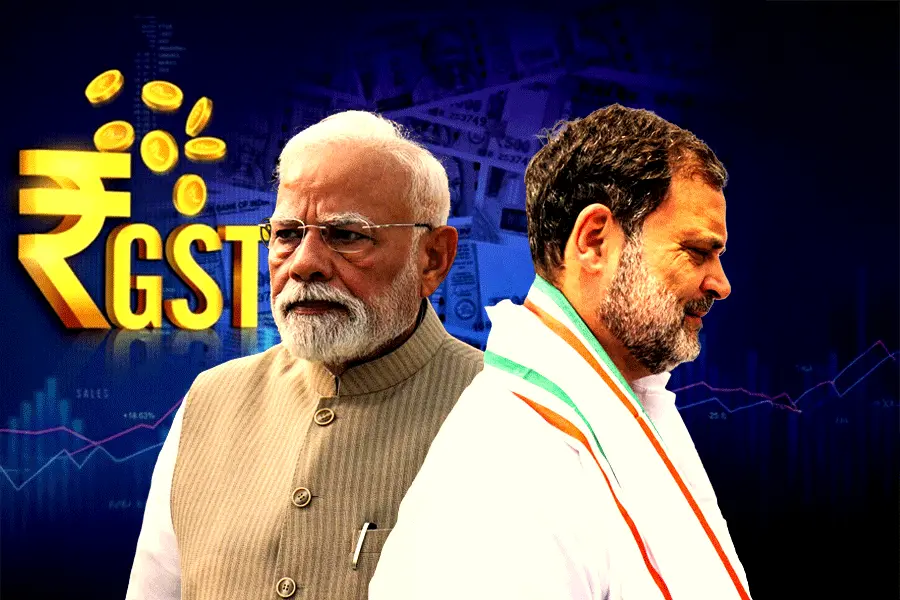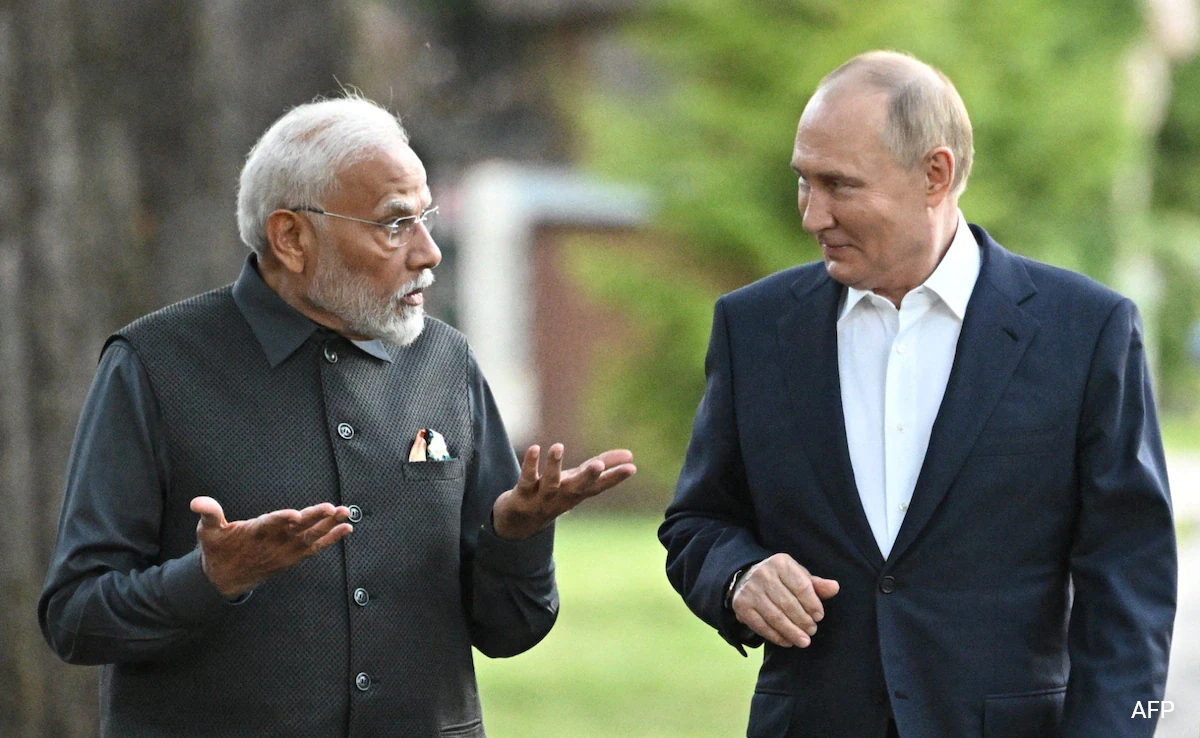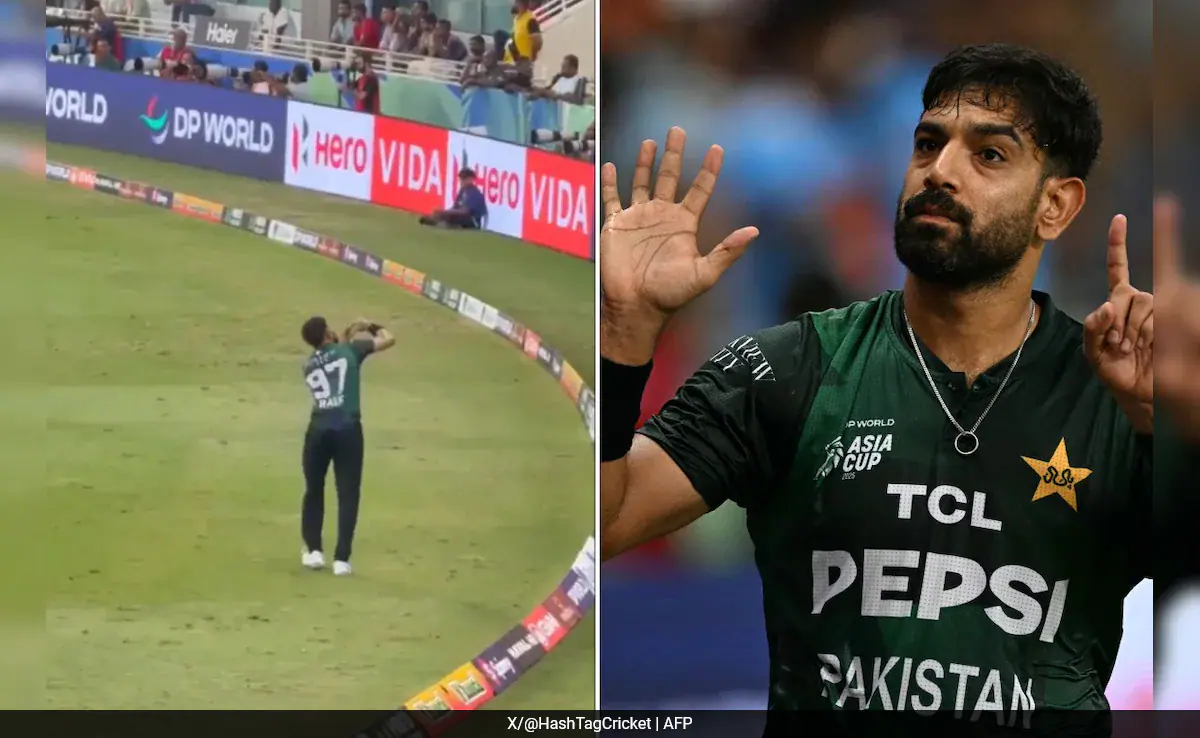The infamous “Gabbar Singh Tax” might soon be history — at least if Prime Minister Narendra Modi’s latest promise is anything to go by.
During his Independence Day speech from the Red Fort on Friday, PM Modi announced that his government would bring “next-generation GST reforms” aimed at easing the tax burden on the common man. This comes after years of criticism from Congress leader Rahul Gandhi, who famously dubbed the Goods and Services Tax (GST) as the “Gabbar Singh Tax.”
“For the last 18 months, the Indian National Congress has been demanding fundamental changes in the GST 2.0,” Congress MP Jairam Ramesh said in a statement on Saturday. “Finally, the Prime Minister has realised that unless these changes are made, and consumption and spending increase, development will not speed up.”
PM Modi said the reforms will “reduce taxes on daily essentials, benefit MSMEs, local vendors, and consumers, and at the same time boost economic growth by making the economy more efficient and citizen-friendly.”
Congress Says ‘We Told You So’
Jairam Ramesh welcomed the move but stressed that tax rates must be lowered and simplified. He also pushed for extending the GST compensation cess beyond March 31, 2026, so that states don’t lose revenue after restructuring.
He called for a structure that cuts down classification disputes — a common headache for businesses — and gives special protection to micro, small, and medium enterprises (MSMEs), which are the backbone of employment in India.
Indirect tax reforms in India date back 39 years, when V.P. Singh was the Union Finance Minister. GST was finally rolled out in 2017 under Modi’s government — even though, as Gujarat’s Chief Minister, Modi had strongly opposed it during the UPA era.
Ramesh urged the government to publish an official discussion paper to kickstart a wider public debate. “GST should be truly ‘Good and Simple’ instead of the growth-suppressing tax it has turned into,” he said.
A Tax with a Troubled History
Despite the government’s praise for GST, many have called it too complicated. In 2018, the World Bank described India’s GST as having the second-highest rate among 115 countries. Businesses have complained about delays in refunds and excessive paperwork. Recently, traders in Karnataka even launched a “cash-only” movement to avoid GST-related hassles from digital transactions.
Rahul Gandhi first used the “Gabbar Singh Tax” jibe during a rally in Gandhinagar, Gujarat, on October 23, 2017. Coincidentally, PM Modi’s GST reform announcement came on the same day the legendary film Sholay — featuring the villain Gabbar Singh — completed 50 years since its release.
On July 1, 2022, Rahul accused the BJP of turning the Congress’s “Genuine Simple Tax” into a nightmare. “Six rates, 1,000+ changes in 1,826 days… it’s a nightmare for MSMEs,” he wrote on X (formerly Twitter). He promised that Congress would bring GST 2.0 with a single, low rate fairly shared with states.
This year on GST’s anniversary, Rahul went harder, calling it “a brutal tool of economic injustice and corporate cronyism” designed to punish the poor, crush MSMEs, and benefit a few billionaire friends of the Prime Minister. He pointed out that the five-slab regime has been amended over 900 times, with even caramel popcorn and cream buns caught in the web of confusion.
‘Another Win for Rahul’
Rahul’s supporters have hailed this as yet another victory for him — alongside his stands on demonetisation, caste census, and other policy issues. Congress leader Supriya Shrinate and others highlighted his long-standing criticism of GST’s complexity, which they say favours big corporates over small businesses.
Last month, Rahul claimed that 18 lakh MSMEs had shut down since GST was implemented eight years ago. Opposition leaders have also accused the Modi government of using GST to punish non-BJP states like Karnataka and West Bengal.
With Modi now promising a friendlier GST 2.0, the stage is set for what could be one of the most significant tax reforms since 2017 — and the Congress isn’t wasting any time taking credit.












